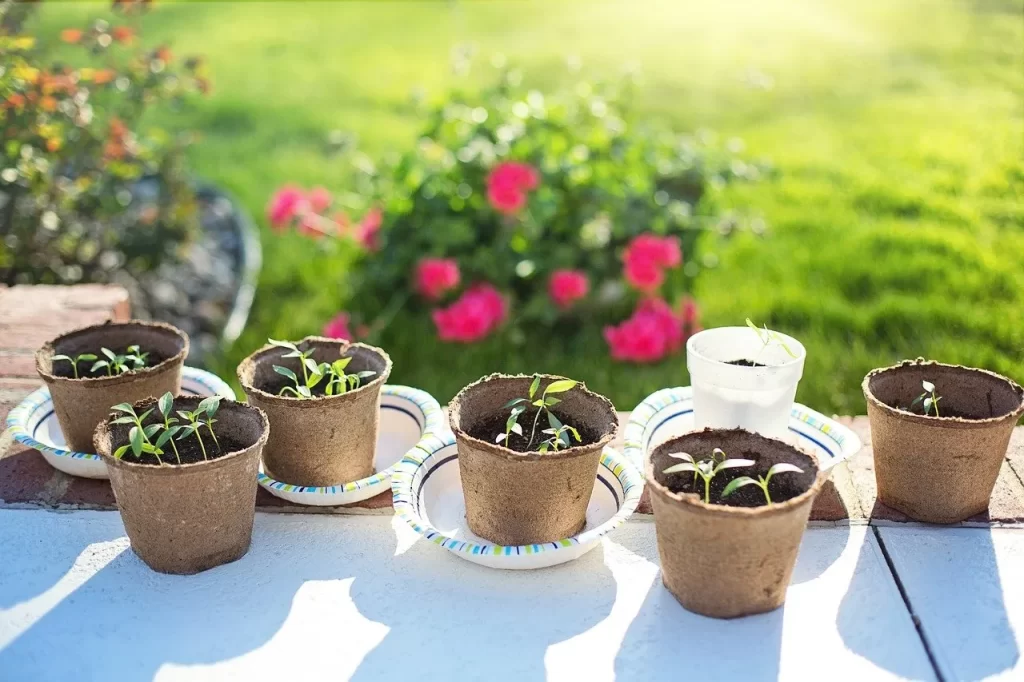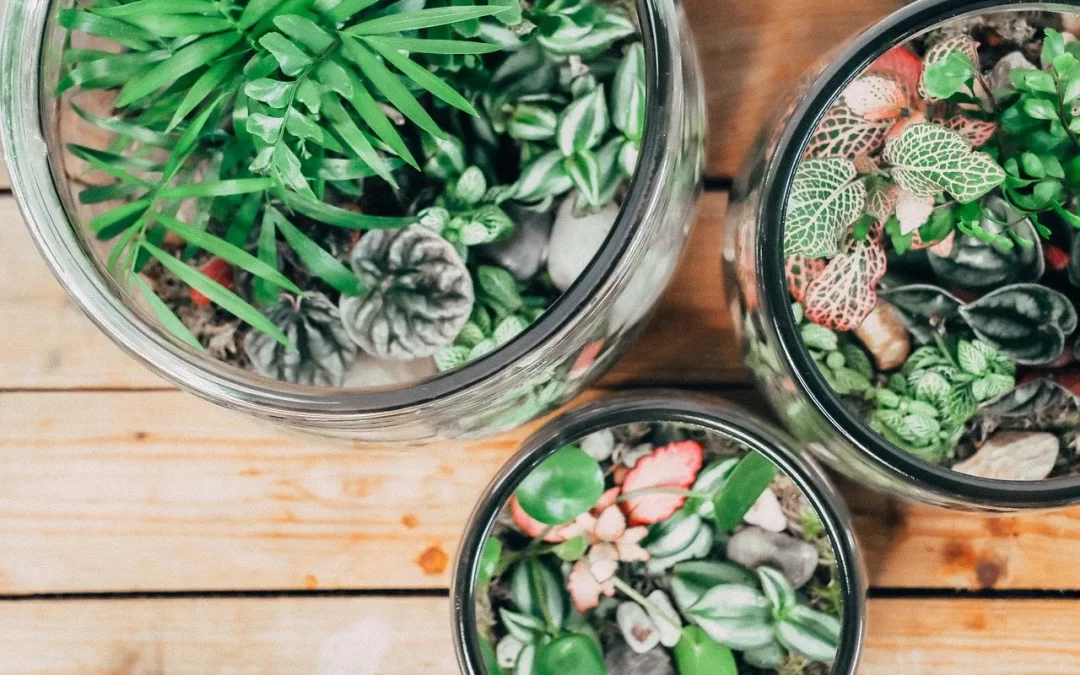Your child may not know what an ecosystem is, but every day they are surrounded by one. An ecosystem encompasses all the living things in a designated area. That means animals, plants, and any other organism, and it also includes the environment they live in. That may mean sun, dirt, weather, and so on. A sustainable ecosystem uses its resources wisely and can continue in perpetuity, replacing rather than wearing out natural resources such as soil and water.
The cool thing about ecosystems is that so many things combine into one. The elements of a sustainable ecosystem play off one another for survival. They’re all co-dependent. For example, a frog may feed on the insects in an ecosystem, which feeds on the plants, which are watered by the rain, which comes about through the main water source in the area, which provides a home to, you guessed it, those frogs we started with.
This can be a heavy concept to explain to kids. Instead of trying to talk through it, why not make an ecosystem with your children to really illustrate your point? This is a fun learning activity you can do with just a few supplies.
Click Here To Register For One Of Our Virtual Programs
Creating a Terrarium Ecosystem
When you make your own ecosystem, it can be as elaborate or as sparse as you choose. The one outlined here can be easily enhanced with more supplies if you would prefer something more in-depth. You may gather the plants and rocks from outside, and if you’re really into recycling, you can even use a washed-out pickle or pasta sauce jar as a mini ecosystem’s container.
Supplies

- Fish bowl or other glass container
- Activated charcoal
- Sterilized potting soil
- Small plants
- Rocks
- Optional extras: Pebbles, pine cones, glass baubles and other decorations for the finished terrarium
Directions
Add a one-inch layer of rocks as the base. Put the charcoal in a half-inch layer on top — this will keep fungi from growing and filter the water. Add soil until you reach the halfway point of your container. Then submerge your plants’ roots in the soil, leaving enough room for each one to breathe.
From here, your child can get creative. Help them find decorative pine cones or pebbles at a nearby park. Buy fun colored glass bubbles or little figures. Let your child make this into their own special world. Add water when you’re done, just enough to help the plants grow. You can also make a small area for a “pond” or “creek,” if you desire.
Learning About Ecosystems
Use this neat activity as a way to show your kids how an ecosystem works. Show them how the soil depends on the water and how the plants grow with sunlight. You can even educate them about more advanced concepts, such as photosynthesis. In the simplest terms, this occurs when plants produce oxygen using light as their source of energy. The oxygen pours back into the atmosphere for other living things to breathe.
But don’t worry about pushing the big concepts if it doesn’t come naturally. The best way to teach science to preschool and school-age kids ages is to make it fun. They see the concepts of an ecosystem illustrated in the terrarium, and they’ll pick up on the circle of life without you ever opening a textbook. For kids, seeing really is believing when it comes to science.
For more fun science experiments your kids are sure to love, check out our available programs.

